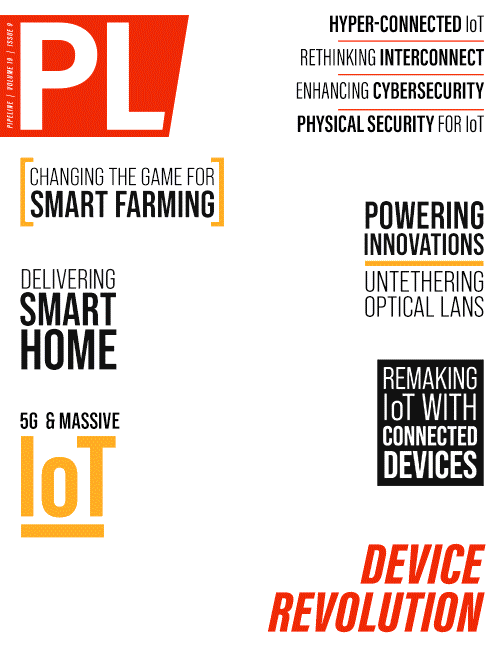It's Time to Rethink Edge Interconnection
centers. The heart (5G) is capable of connecting these devices, but managing such an enormous volume of data will not be possible without a brain. That brain comes in the form of artificial intelligence (AI). AI will bring the logic management and maintenance of data streams, allowing ecosystems to take advantage of new innovative use cases. For this to work effectively and at speed, AI computations must also be carried out at the edge instead of in a centralized cloud computing facility as has been the standard for many years.
The interconnection of these three big technologies is all about speed, security, and efficiency. The cloud is a great facilitator, but if our real-time edge computing dreams are to be realized, we must move beyond it and consider that some processing must be done on-site. Data can be aggregated locally using edge intelligence, and only what is necessary should be sent to the cloud. The cloud will, however, remain an essential part of the interconnection ecosystem and will enable many use cases that are not possible with edge computing alone. A balance must be struck, depending on an organization’s needs.
The next generation of edge interconnection
We’ve already touched on a few of the use cases that edge computing will enable, but that’s only scratching the surface. Picture a factory floor where IoT devices can monitor temperature,
humidity, pressure, sound, moisture, and radiation to give real-time predictions on how a machine might perform or when it might break down. Or where machine learning can allow devices to evolve
their own processing and operational capabilities based on changing conditions or resources. These capabilities are within reach and are being realized now, but to fully democratize these
capabilities and make them accessible to all, the masses of data generated by businesses needs to be intelligently sorted. Some data will need to be processed locally with extremely low latency
to enable rapid responses, and some data will be better sent to the cloud where optimal connectivity and fast transmission of data will become critical. There are also questions around
compliance, security, and privacy, such as which data will need to be stored long-term and which data will need to be discarded after serving its purpose.
These are complex data management demands. Software-defined networking (SDN), network function virtualization (NFV), and carrier-grade interconnection services can already make the handling of this data more efficient and secure.
SDN allows network administrators to centrally manage and configure network devices through software rather than manual configuration, which greatly simplifies network management. With SDN, administrators can more easily define policies and manage traffic flows, making it simpler to route data where it needs to go. NFV takes this concept a step further by virtualizing network functions such as firewalls, load balancers, and intrusion detection systems. By running these functions on virtual machines rather than physical hardware, administrators can more easily scale up or down as needed, and quickly deploy new services without the need for new hardware. Carrier-grade interconnection services, on the other hand, provide a reliable and high-performance way to connect different networks together. By leveraging these services, organizations can quickly and easily connect to multiple networks without having to deal with complex and time-consuming routing configurations. The result is a way of governing, managing, and optimizing data streams in a way that allows businesses to move to a combination of cloud and edge computing effectively and with minimal risk.
What’s next for edge interconnection?
The emerging technology of the software-defined internet exchange (SD-IX) is set to become a crucial tool for further optimizing edge computing performance and efficiency. An SD-IX platform uses software to create a virtual network that enables dynamic and flexible interconnection between different network domains, including cloud providers, content providers, and internet service providers. By leveraging software to create a virtual network, SD-IX enables faster data transfer and reduces latency by creating direct connections between different network domains. This results in improved performance and reduced delays, making it easier to manage the vast amounts of data that are generated at the edge, without sacrificing performance.
The time to innovate is here, but first we must rethink interconnectivity to make the edge more accessible for aspiring businesses. Today, the right interconnection solution can help to optimize traffic flows. Tomorrow, SD-IX will emerge as a way of further optimizing those traffic flows for the masses of data we can expect to be processing.



















